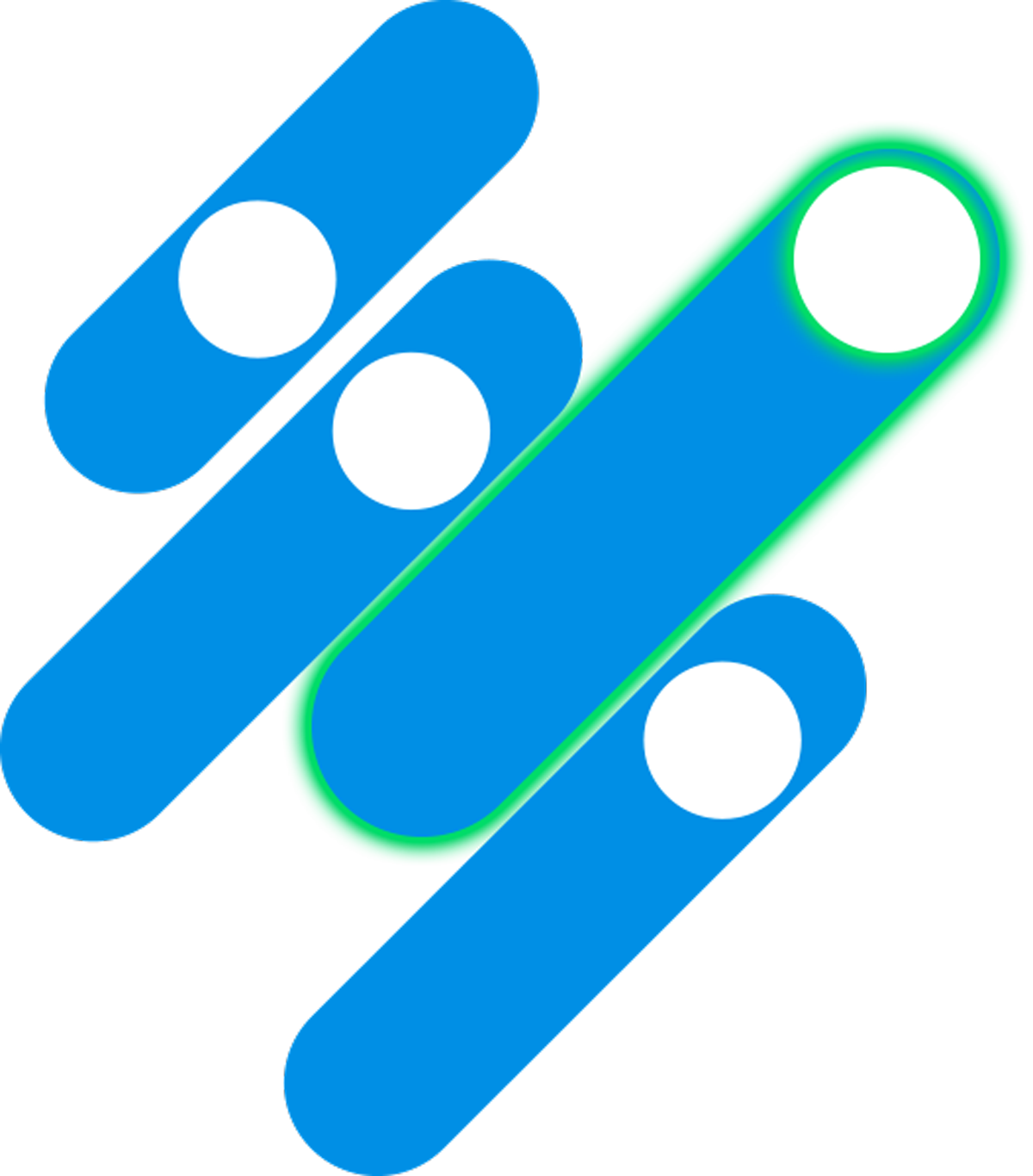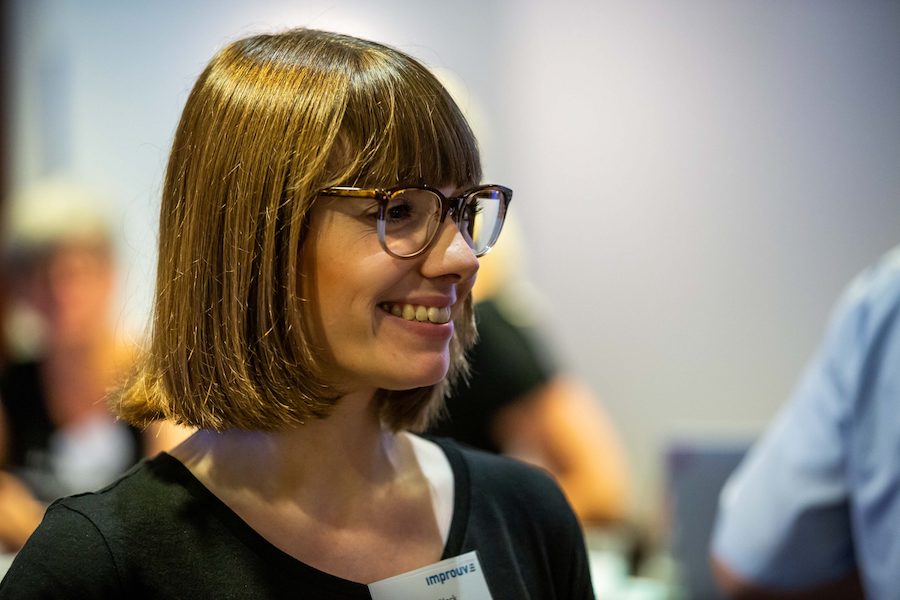Overview
Customer: Continental Product Line Human Visualization within the Continental autonomous driving business line
Methods: SAFe Scaled Agile Framework, Flight Levels, Kanban, Scrum
Year: 2022
Industry: Automotive, Software
We supported the relatively new product line in the area of automotive Human Vision to grow into a value stream and cross functional team organization, where each team better understands its purpose and the value it creates, and where the organization has ownership for the whole product, acting as one team.
How can we organize a relatively new and worldwide component organization into a value stream that works in the same direction and is able to deliver value to the customer, in short cycles?

The transformation that took place within the organization resulted in a significant improvement in cooperation and performance. The organization achieved this by working collaboratively to define visions and strategies, and breaking them down into time-bound initiatives. These initiatives were further broken down into quarterly work items, which helped connect the strategy with the actual development. As a result the organization was able to improve transparency and focus on goals.
The organization also adopted the practice of inspecting and adapting at all levels, which helped improve learning and adaptation.
Cross-functional teams demonstrated working increments of software every iteration, which allowed them to showcase integrated solutions on the PI boundary. Additionally, every feature had a defined owner, which improved coordination for the end-to-end solution, especially when multiple teams were involved.
Each team was clear about its mission and the value it brought to the stream, resulting in ownership of the complete product and better focus. This improved the overall performance of the organization and made it better equipped to take on challenges.
At the end of 2022, a customer project from a global vehicle manufacturer was won, the product line is equipped to take up the challenge!






In 2020, the Continental ADAS business line initiated a SAFe agile transformation. As part of this initiative, a new product line was set up with a focus on base/platform development for human vision. However, this product line was initially not part of the SAFe transition until the end of 2021. To support the transition in the new product line, improuv got a year-long engagement. The primary goal was to support the organization in changing from a component organization into a value stream and cross-functional team organization. The organization originally worked in a very traditional way. Competent teams were able to provide and demonstrate innovative solutions but varying focus hindered many things to get really finished. Many silo component teams had to plan and coordinate to deliver customer value. These teams were also engaged in other projects outside of the product line. This led to dependencies, resource conflicts and slower progress. It also limited an end-to-end ownership for the implemented features. There were challenges in this relatively new organization but at the same time it had a great team that was open for changes and experiments. This attitude helped the transformation. Within the scope of a transition team the transformation was also greatly supported by a strong ownership from local management. This allowed changes to be implemented and gradually improved. When our engagement started, some steps into a SAFe setup, like initial trainings for leadership and a “proto-SAFe-PI” process, had already been triggered. Some few of the component teams had adopted Scrum even earlier. The focus for the assignment was coaching of leadership on strategy and business agility level. It was also to work tightly together with the Release Train Engineers and the transition team to set up and improve the processes and performance of the Agile Release Train. However, in the scope of a facilitators community of practice, we also got involved in coaching and training of Scrum masters and team coaches.
The initial phase in every transition is to figure out the current state and define goals. In this project we made interviews, conducted assessments, and had workshops to identify visions for products and the transformation. We also initiated a cross functional transformation team that had active involvement from management. This was a key factor for the successful transformation. The initial phase was very important to get a common understanding and common goal for the transformation.
Earlier the organization was formed of many silo component teams that operated in a project-based structure without clear definition of value streams. In a series of workshops, the transformation was initiated and a single development value stream and Agile Release Train (ART) was identified and agreed upon. The product owners and managers from the component teams together agreed team-level guard rails and defined prototypes for the cross functional teams. Finally, the development teams were defined in a self-designing workshop, where the team members in several rounds assigned themselves to teams. Although there was some friction in setting up the new teams, they were able to start working just before the first 'real' PI planning event. The collective definition of the ART, which was carried out by the people who actually would work in it, achieved a better buy-in and helped in the roll out. Six months later a nervous coach ran a review with all the teams to get feedback on the new setup. The review was based on ideas from team topologies. The result was very encouraging. Some issues with dependencies and missing skills were identified but all teams were happy with the new way of working; with reduced dependencies, more learning and responsibility and with an end-to-end feature responsibility.
Flight Levels is regarded as a thinking model that can help an organization to achieve business agility, regardless of the current situation or applied Agile framework. It can help you to find out where in your organization you need to do what to achieve the results you want to achieve. You do this with five activities on three levels. The three flight levels are the team, the coordination and strategy levels. The five activities can be applied in any transformation or organization to act as a structure and as trigger for curiosity for how things could or should be. On every flight level in the organization and on a daily basis you can use the activities as guidelines to help identify good next steps.
For one of the teams in the product line, that still was occupied in a customer project, we made an experiment to introduce Kanban. It gave surprisingly positive results and turned out to be a considerable improvement in performance and satisfaction for both customers and team.
Explain the “why”, learn together and make sure people have possibility to influence.
Let the people know they are part of something special and remember to get feedback for the wins.
Remember this is an experiment, we can and will improve continuously on ALL levels – we aim to be a learning organization.
Keep taking small steps – we’ll never reach a final goal.

Our offer is as individual as your task. Talk to us, we listen. We take the time to understand your situation. Holistically. Without obligation. Promise.
Arrange a consultation today.
Case Study of a SAFe introduction resulting in a common product vision and team spirit.


Artikel wurde in den Warenkorb gelegt.